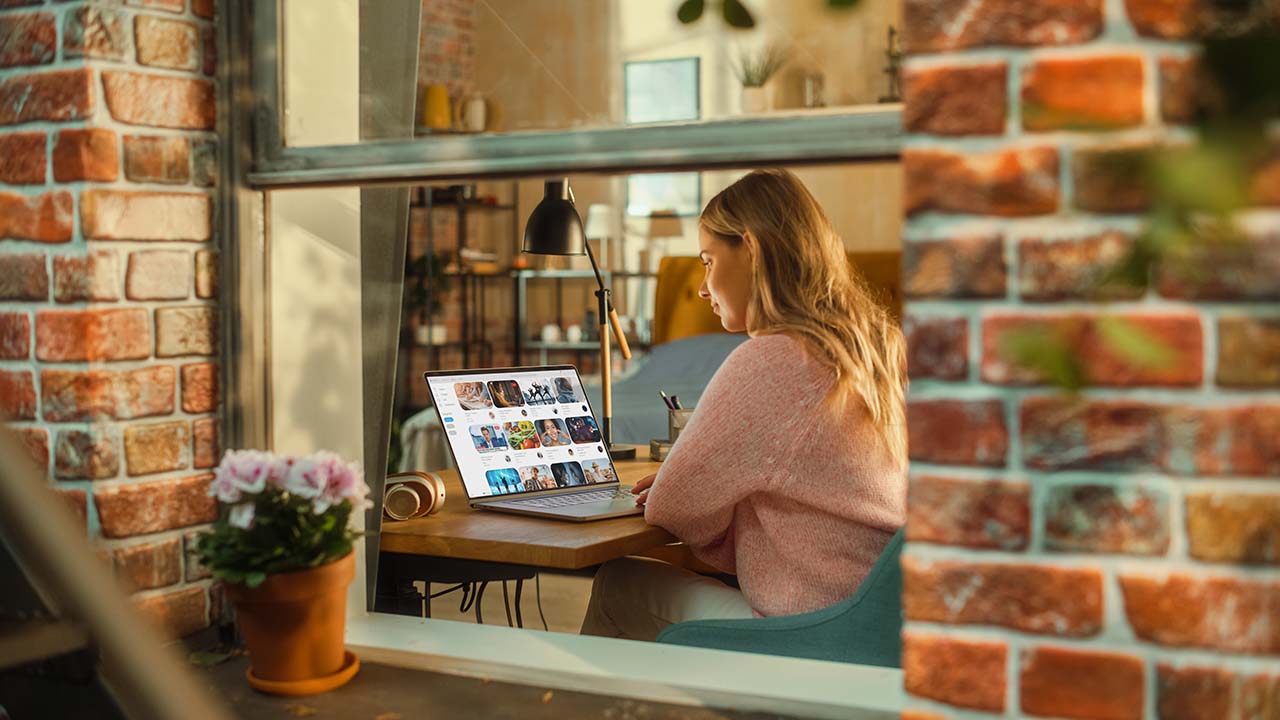Social media remains vital to your business and influencers can help you use it to its maximum potential. Influencer marketing is one of the most effective digital marketing strategies. At least 61% of people trust a brand because of an influencer’s recommendation. Every dollar spent on an influencer campaign earns an average $5.79. This gives it one of the highest ROIs compared to other marketing strategies. You’re probably looking to hire an influencer for your brand and are curious how to start. An influencer relationship will ideally be long, so be certain to make relationships with the best influencers for your business. Here are some key tips for how to hire an influencer.
Determine Goals and Budget
As with anything for your business, you need to establish a goal and plan for hiring an influencer. Determine the promotion’s length and cost. You should also consider the sizes of influencer you are looking to hire to properly scale the promotion’s budget. Mega influencers bring large followings but also big price tags. Micro- and mini-influencers may have smaller follower numbers, but they boast higher engagement rates, can provide a closer partnership, and will cost your business less.
The kind of campaign
Part of determining that budget will rely on you determining the type of promotion you’re hoping to get from an influencer. Here are some of the most common types of influencer promotions:
- One-time mention – An influencer mentions a business in one piece of content
- Content integration – Products or services become part of the influencer’s content. For example, a fashion influencer may include a product as part of an outfit.
- Collaboration – An influencer works with a company to design a specific product.
- Review/Unboxing – An influencer creates content products and/or provides a (hopefully) positive review of your products/services.
- Long-term cooperation – Sometimes called an ambassadorship. These are prolonged influencer relationships, which can include other kinds of the above campaigns.
The kind of promotion will determine the cost. A one-time mention may be better suited for an influencer with a bigger audience, where you will have a larger, single payment. Other promotions like content integration, collaborations, and ambassadorships will be longer partnerships and contracts, so plan accordingly. A digital marketing team can help you determine the right kind of promotion.
Consider Your Target
The strength of influencer marketing comes from their ability to reach and interact with those they influence: their audience. When hiring an influencer, be sure that their community aligns with your own business’ target. A proper match will advocate your business to many potential clients or customers. On the other hand, an engaged audience will mean little if it does not include those likely to be interested in your products or services.
Fits your Brand
Along with your audiences, your brand and an influencer’s need to align, especially if you plan to have a prolonged promotional partnership with them. Be certain an influencer’s values, messaging, and tone pair well with your own business’. They don’t need to be identical, but they should be collaborative. Research their reputation and consider how that might affect your business. When an influencer’s values or messaging oppose your brand’s, it can lead to confusion, misrepresentation, or even damage your business.
Watch Their Work
When you have determined a prospective influencer you may want to hire, follow their content. The best influencers engage their audience with consistent content. Watch how they regularly engage their audience. Do they respond to comments? Are they posting content daily or weekly? These are key performance factors to help you determine the strength and value of an influencer to help your business reach a target. This analysis will also help you determine aspects of their brand and whether their followers are your target audience or filled with ranks of automated bots.
Develop a Relationship
The best relationships with influencers develop organically. You can begin interacting with an influencer by engaging with their content. This allows your business to capture their attention. Even better, you may have a previously built relationship. An influencer may have already recommended your products or services themselves, or you have previously sent them products which they enjoyed. This will put your hiring proposal before others who lack any familiarity with the influencer.
The Hiring Process – Proper Communication
Once you have chosen an influencer and established a rapport, you need to propose hiring them. Use the preferred communication channels. Many prefer an email and provide one on their profiles. If there isn’t one provided, directly message the account and they should provide you with contact information. For smaller influencers, this communication will often be directly with the influencer themselves, but larger influencers may have a team who help them coordinate promotions and agreements.
In your communications, be clear about the kind of promotion, the products or services, and your goals. Explain to the influencer why you believe their perfect for the promotion, the products/services, and your business. In turn, listen to their suggestions or feedback about the promotion. They know their audience and how to create content. Maintaining this dialogue will be vital to continuing a long-term partnership between your business and said influencer. You can then negotiate payment to draw and finalize a contract. Compensation can take monetary and gifting forms.
Time to Start
Following these tips will help you be successful in hiring the right influencer, with whom your business will hopefully have a long relationship. The most effective influencer marketing is a sustained partnership where their audience becomes attached to your brand by association. If you need help creating influencer relationships or planning a promotion, contact Rosewood’s digital services team. Their social media expertise can help you determine promotion type, find the right influencers, and start building relationships.




